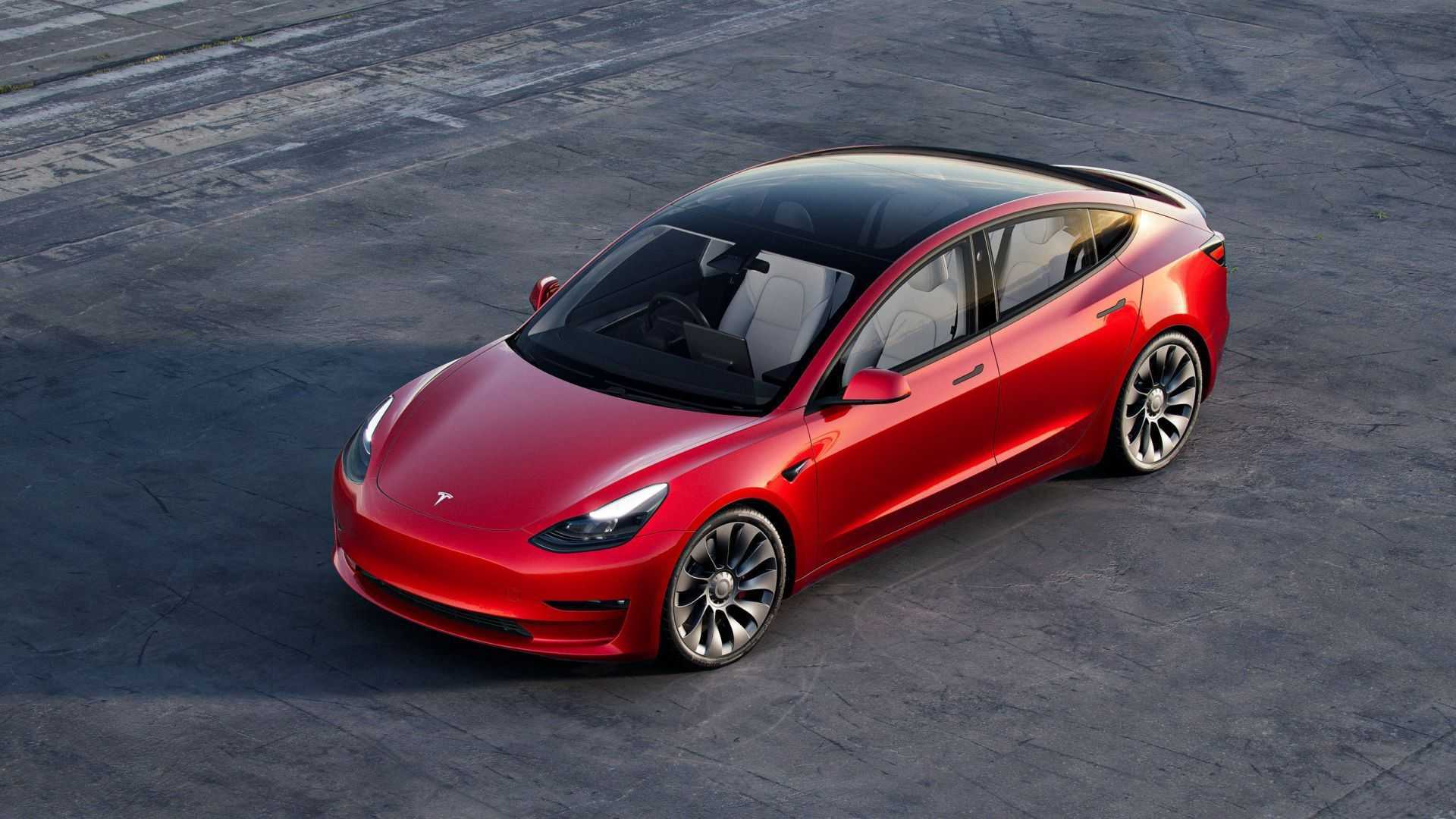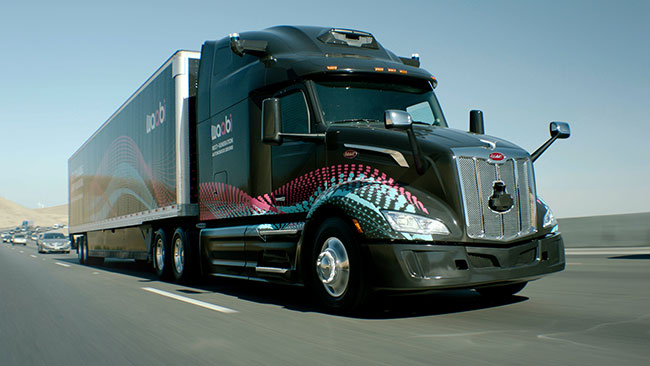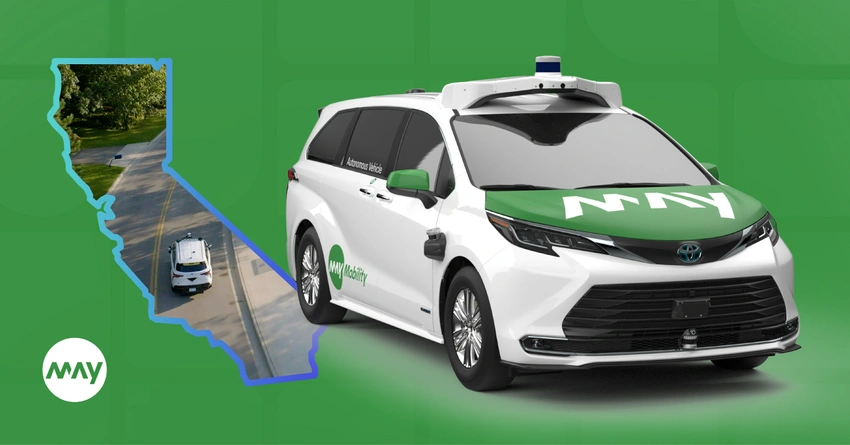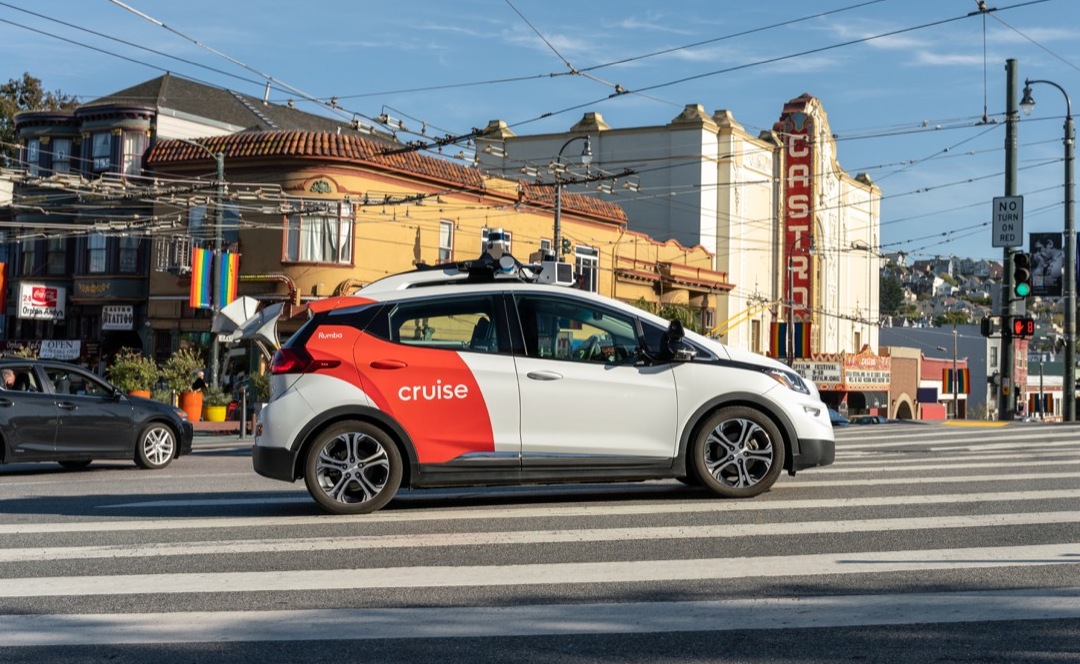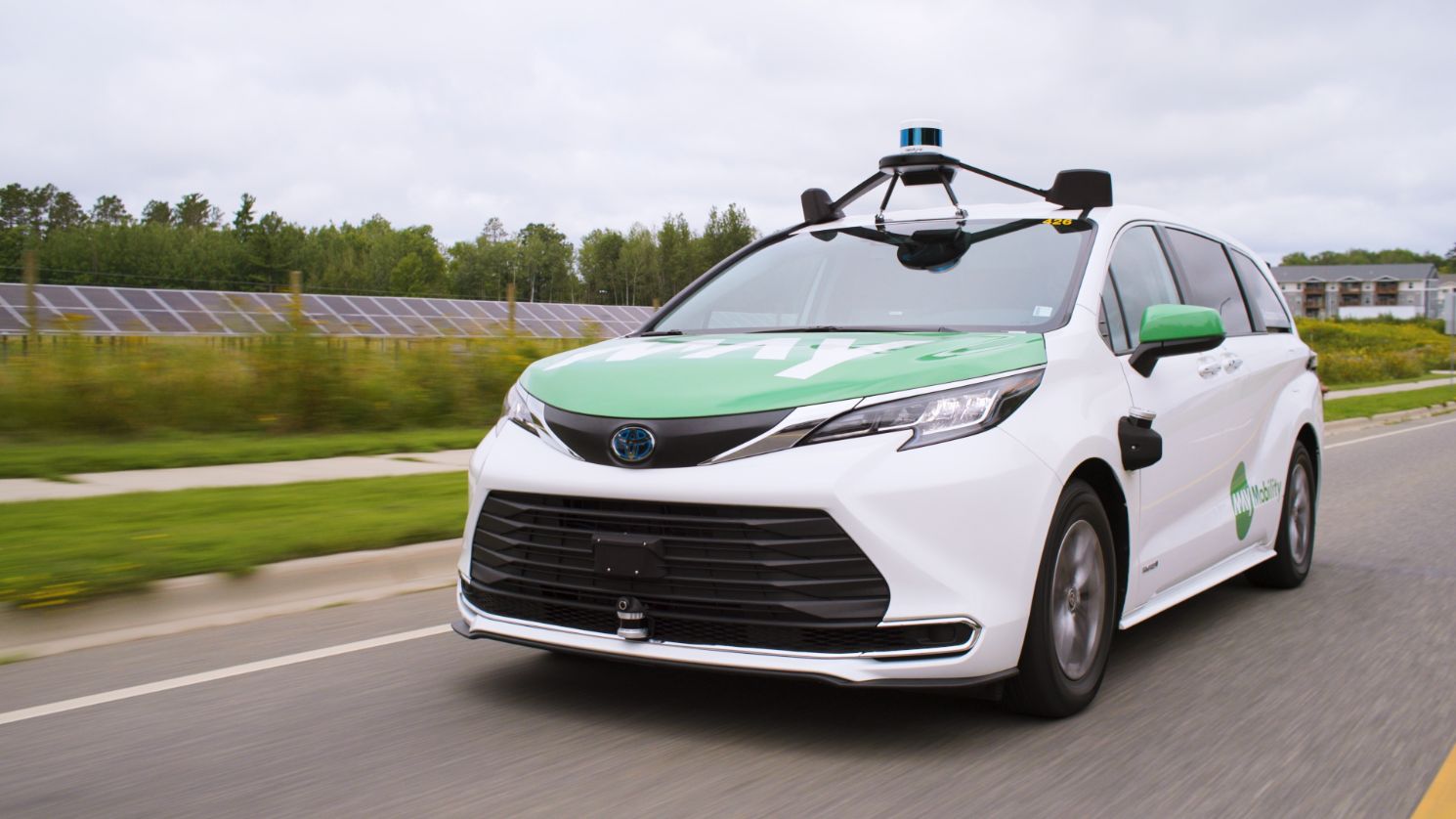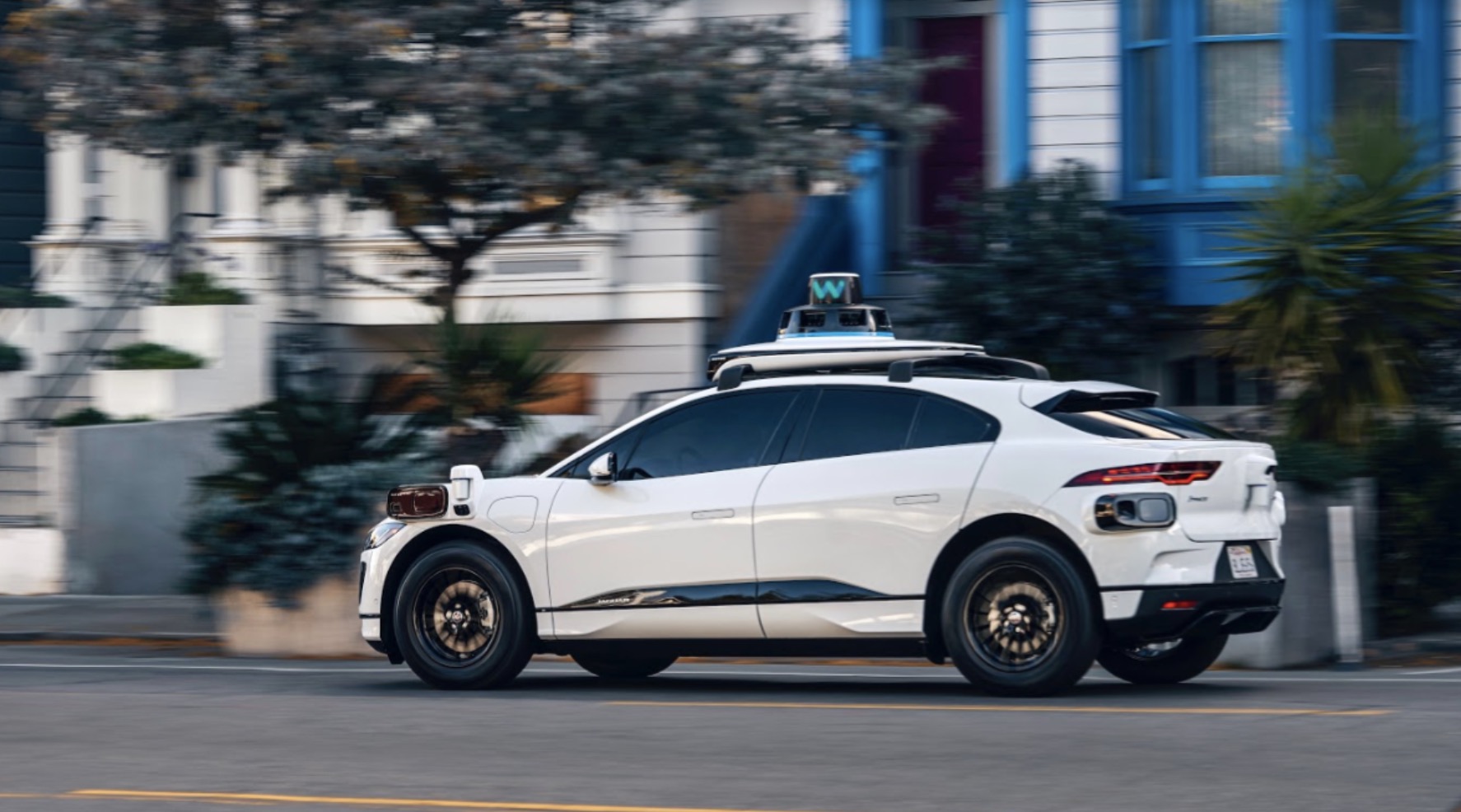In a landmark trial that commenced on Thursday in Riverside, California, Tesla found itself at the center of a pivotal legal battle. The case, the first of its kind in the United States, hinges on allegations that Tesla’s Autopilot feature played a role in a fatal accident, reigniting debates about the responsibilities of both automakers and drivers in the era of autonomous driving.
The lawsuit stems from a tragic incident in 2019 when Micah Lee’s Tesla Model 3 veered off a highway east of Los Angeles, striking a palm tree and erupting in flames, resulting in Lee’s untimely death and severe injuries to his passengers, including an 8-year-old boy. The plaintiffs, representing the victims and Lee’s estate, contend that Tesla knew of defects in the Autopilot system and other safety features at the time of sale.
Jonathan Michaels, the attorney representing the plaintiffs, argued in his opening statement that when Micah Lee purchased Tesla’s “full self-driving capability package” for $6,000, the system was in a “beta” stage, indicating it was not ready for release to the general public. Michaels declared, “A car company should never sell consumers experimental vehicles.”
Michaels pointed to what he described as a sharp, 43-degree turn made by the car’s steering wheel on the freeway, citing “excessive steering command” as a known issue at Tesla.
However, Tesla vehemently denied these claims. The electric vehicle manufacturer contended that its Autopilot system is designed to impose “guardrails” on the angle of the steering wheel at high speeds, allowing for only minor adjustments during highway driving. Furthermore, Tesla placed blame on the driver, alleging that intoxication was a contributing factor to the accident.
Michael Carey, an attorney for Tesla, emphasized, “The case is not about Autopilot. Autopilot makes a road safer. It is a good thing. It is a classic human error that caused the crash.”
Tesla also raised questions about whether the Autopilot system was actively engaged at the time of the accident, further muddying the waters surrounding the incident.
This high-stakes trial follows a previous Tesla-related case earlier in the year, where Tesla successfully defended its Autopilot feature by asserting that it required human monitoring despite its name. The jury in that case found driver distraction to be the primary cause of the accident.
With lives at the forefront of this trial, the outcome holds significant implications for Tesla, its Autopilot system, and the broader conversation surrounding autonomous driving technology. As the trial unfolds in Riverside County Superior Court, the world watches closely, awaiting a verdict that could reshape the future of self-driving vehicles in the United States.

